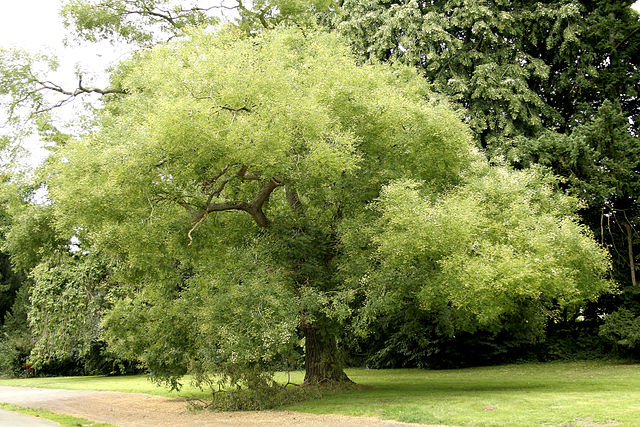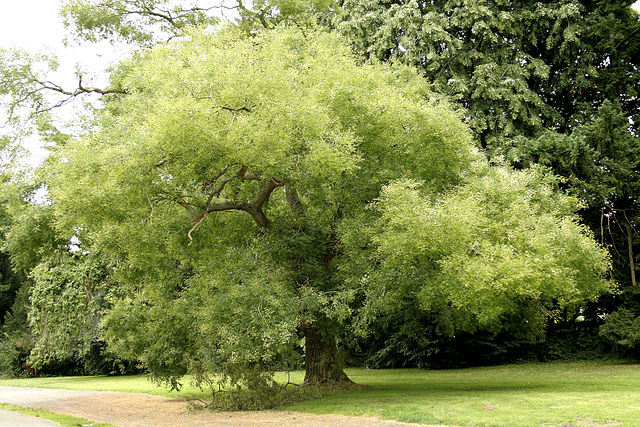Enter Your Postcode Below & Click 'Check' To See Delivery cost To Your Area
Styphnolobium japonicum
Styphnolobium japonicum
Couldn't load pickup availability
Common Name:
Japanese Pagoda Tree, Chinese Scholar Tree
Description:
Styphnolobium japonicum, commonly known as the Japanese Pagoda Tree, is a beautiful, medium to large deciduous tree renowned for its elegant, spreading canopy and showy late-summer flowers. It produces masses of creamy-white, pea-like flowers in hanging clusters, which attract bees and other pollinators. These are followed by unique bead-like seed pods that persist into autumn. The tree’s delicate, compound leaves provide soft dappled shade throughout summer before turning a warm golden-yellow in autumn.
Highly valued for its resilience, this tree thrives in urban conditions, tolerating pollution, drought, and poor soils once established. It prefers full sun and well-drained soil, making it an excellent choice for avenue plantings, large gardens, and parks. With its graceful form and ornamental appeal, the Japanese Pagoda Tree is a striking addition to any landscape.
Form:
- Tree - Medium to Large
Mature Size:
- Height: 10–20 m
- Width: 8–15 m
Aspect:
- Full Sun
Flowering:
- Flowers in Late Summer
Flower Colour:
- Creamy White
Key Attributes:
- Drought Tolerant (once established)
- Tolerant of Urban Pollution
- Strong Shade Provider
- Bee Attracting
- Suitable for Avenue Planting
- Deciduous
Toxicity:
- Seeds and pods contain toxic alkaloids and should not be ingested by humans or pets.
Companion Plants:
- Ginkgo biloba
- Acer species (Maples)
- Lagerstroemia (Crepe Myrtle)
- Ulmus parvifolia (Chinese Elm)
- Lavandula (Lavender)

- Choosing a selection results in a full page refresh.
- Opens in a new window.

